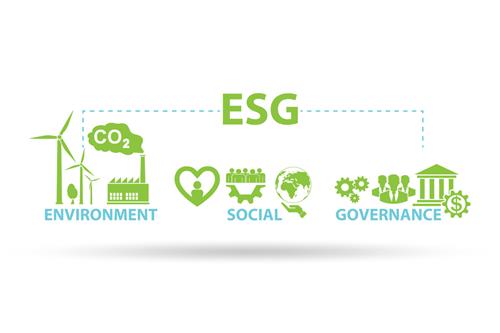ESG Criteria in Insurance Investment: A Growing Trend

The insurance sector, traditionally focused on risk management and financial stability, is increasingly recognizing the importance of integrating ESG considerations into its investment strategies. This growing trend reflects a broader shift towards sustainable and responsible investing, driven by the awareness of environmental and social issues. In this article, we will explore the significance of ESG criteria in insurance investment and the factors contributing to its rise.
ESG criteria refer to a set of environmental, social, and governance factors that investors consider when evaluating the sustainability and ethical impact of an investment. Environmental factors assess a company's impact on the environment, such as its carbon footprint and resource usage. Social considerations extend to a company's interactions with its employees, customers, and local communities, shaping the broader impact of its operations. Governance factors evaluate the effectiveness and transparency of a company's leadership and decision-making processes.
The Growing Importance in Insurance Investment:
1. Risk Mitigation:
Insurance companies are inherently exposed to various risks, including climate-related risks, reputational risks, and regulatory risks. By incorporating ESG criteria into their investment decisions, insurers can identify and mitigate potential risks associated with their portfolios. For instance, considering the environmental impact of investments can help insurers navigate the evolving landscape of climate change and its potential implications on underwriting and claims.
2. Meeting Stakeholder Expectations:
Stakeholders, including policyholders, investors, and regulators, are increasingly demanding transparency and accountability from insurance companies. Integrating ESG criteria into investment practices enables insurers to align their strategies with the values and expectations of stakeholders. This, in turn, can enhance trust and reputation, contributing to long-term sustainability.
3. Capitalizing on Market Opportunities:
The growing emphasis on sustainable practices has created new market opportunities for insurers. Investments in renewable energy, green bonds, and socially responsible projects can not only align with ESG criteria but also position insurers to benefit from emerging markets and technologies. By staying ahead of the curve, insurance companies can diversify their portfolios and capture value in rapidly evolving sectors.
4. Regulatory Landscape:
Regulatory bodies are increasingly recognizing the impact of ESG factors on financial markets and the broader economy. Some jurisdictions are implementing or considering regulations that require insurers to disclose their ESG practices and integrate these criteria into their investment decisions. Adapting to evolving regulatory expectations ensures that insurers remain compliant and well-prepared for future developments.
Challenges and Considerations:
While the integration of ESG criteria in insurance investment offers numerous benefits, it is not without challenges. Insurers may face difficulties in quantifying and standardizing ESG metrics, leading to potential inconsistencies in evaluation. Additionally, there is a need for further collaboration within the industry to establish common frameworks and reporting standards, promoting transparency and comparability.




